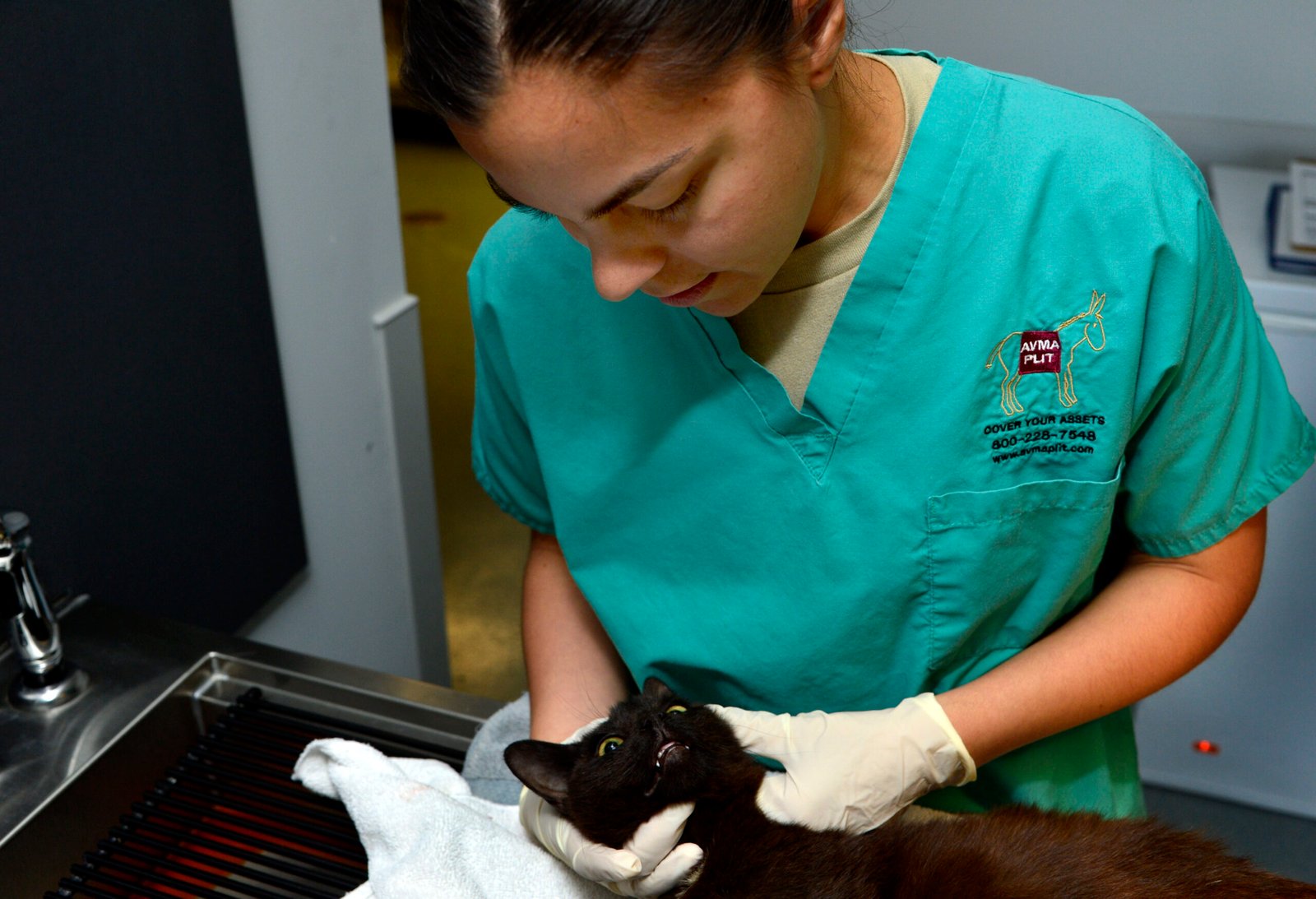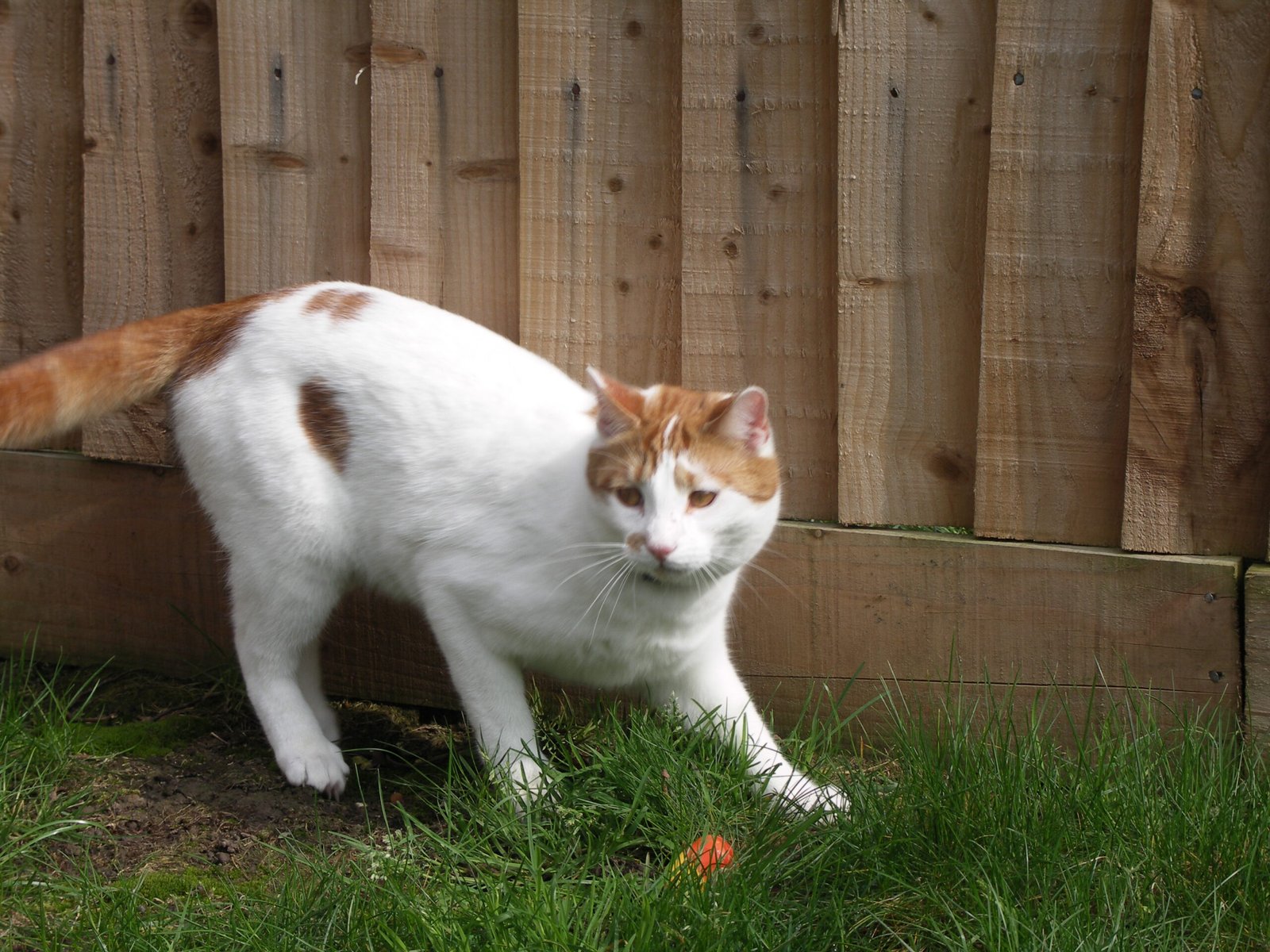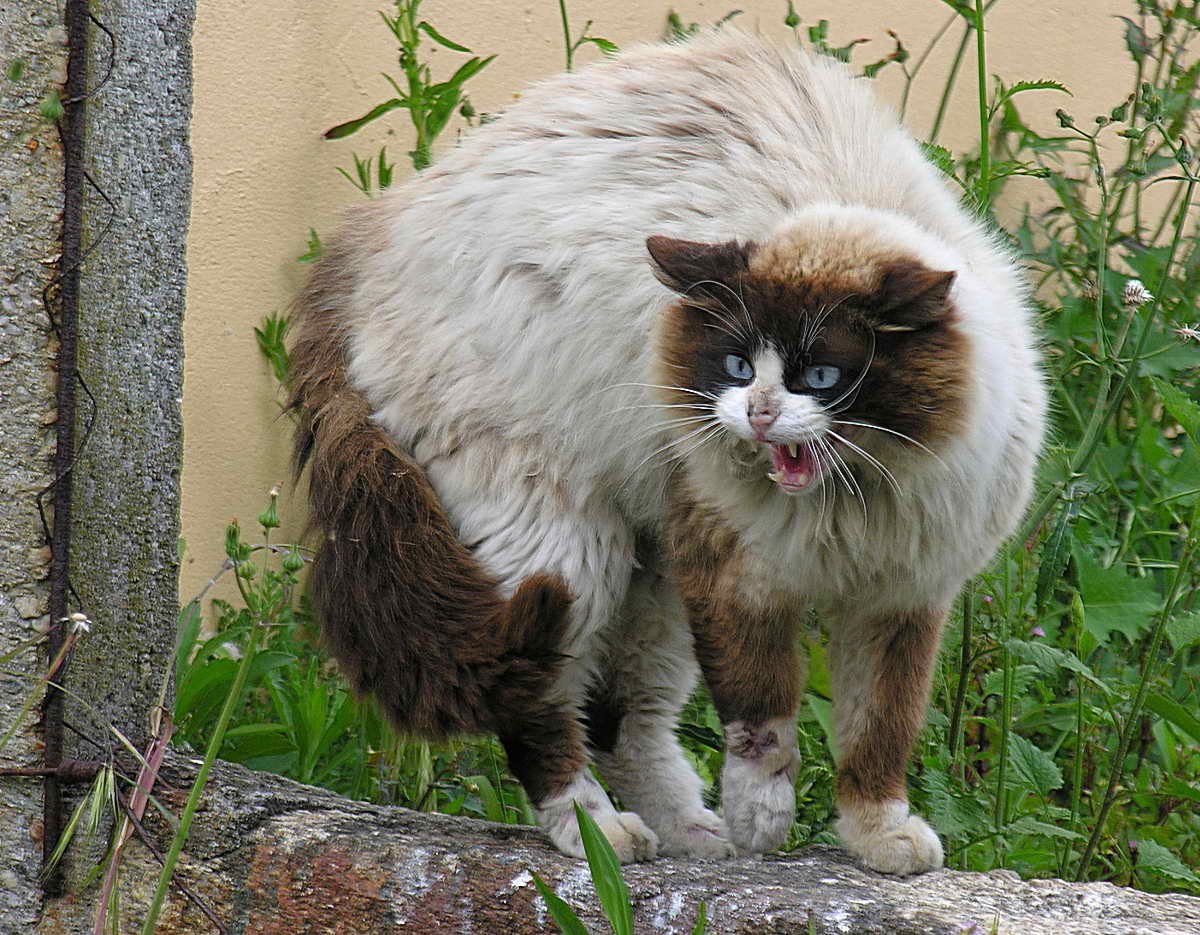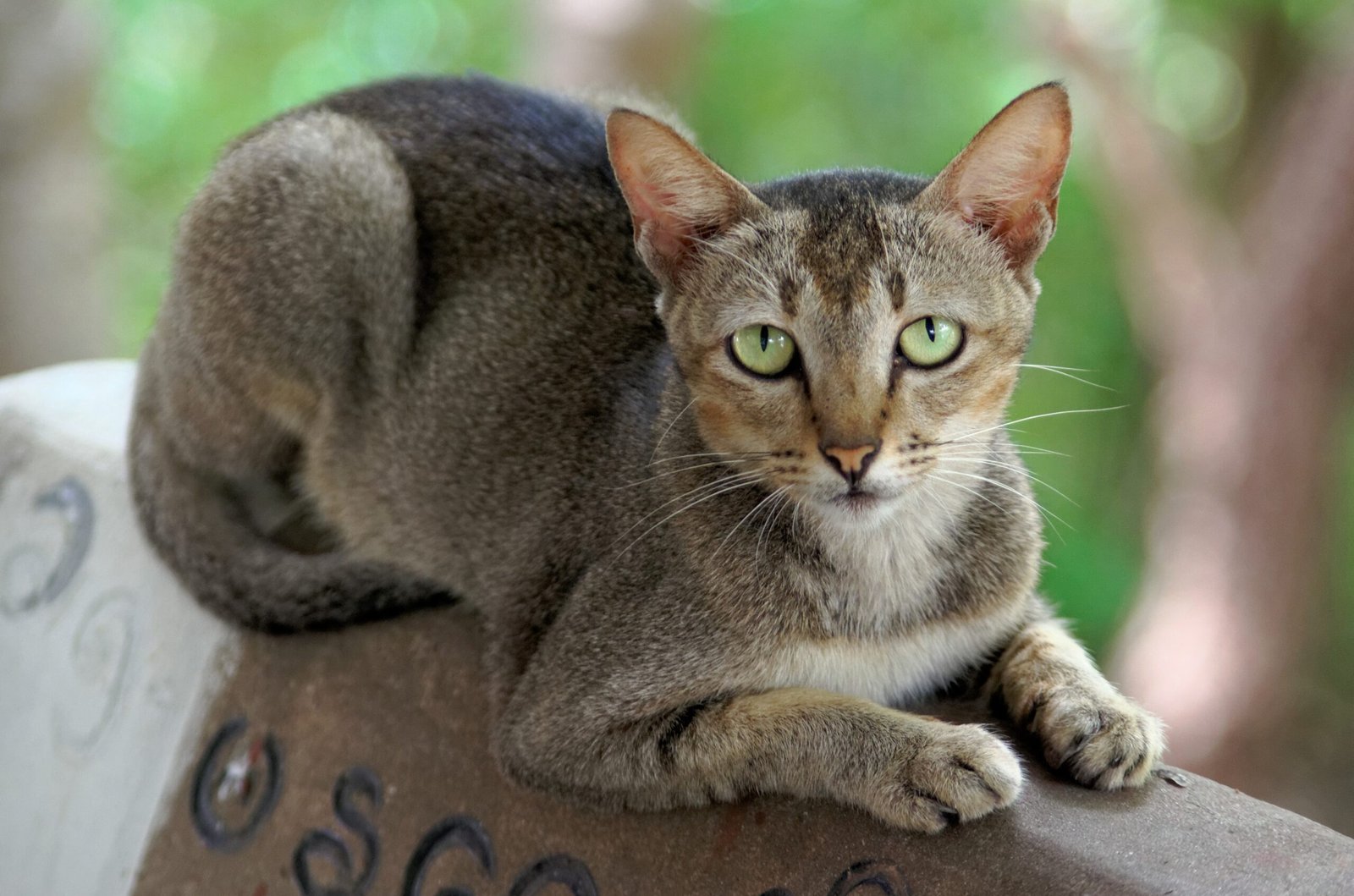Have you ever found yourself wondering what goes on in the mind of your feline friend? Cats are mysterious creatures, often leaving us puzzled with their behaviors. But one thing is certain: they thrive in environments where they feel secure. Just as we have habits that make us feel safe and loved, cats do too. However, some of our unintentional actions might make them feel the opposite. From the way you pet them to how you greet them after a long day, the little things you do can have a big impact on your cat’s sense of comfort. Creating a predictable routine, offering quiet spaces, and respecting their boundaries go a long way in building trust. Understanding what makes your cat feel safe isn’t just about avoiding mistakes—it’s about deepening that special bond you share. Let’s dive into the habits that make your cat feel secure and those that might make them feel uneasy.
1. Consistent Feeding Times
Cats are creatures of habit, and they flourish in environments where they can predict what will happen next. One of the simplest ways to make your cat feel secure is by maintaining consistent feeding times. This routine gives them a sense of stability and control over their environment. Imagine waking up every morning not knowing when or if breakfast will come. It would be unsettling, right? Similarly, when your cat knows food will be served at the same time every day, it reduces anxiety and promotes a sense of safety.
2. Providing a Cozy Safe Space

Cats love to have a space they can call their own. Whether it’s a cozy nook, a special bed, or a perch by the window, having a dedicated area to retreat to makes them feel secure. Think of it as their personal sanctuary, a place where they can escape the hustle and bustle of daily life. Just like us, cats need a place to decompress and feel safe from potential threats. Providing this space can significantly boost their confidence and overall well-being.
3. Gentle and Predictable Interactions
Cats appreciate gentle, predictable interactions. Sudden movements or loud noises can startle them and make them feel unsafe. When interacting with your feline friend, approach them calmly and speak softly. It’s like when someone unexpectedly shouts your name from behind; it can be quite jarring. By being gentle and consistent in your interactions, you build trust and strengthen your bond with your cat.
4. Regular Playtime
Playtime is essential not just for physical health but also for mental stimulation. Engaging your cat in regular play sessions helps them expend energy and reduces anxiety. Picture a child who hasn’t had recess; they become restless and uneasy. Similarly, cats need an outlet for their energy. Regular playtime can make them feel secure and loved, knowing they have your attention and care.
5. Respecting Their Personal Space

Every cat has its own comfort zone, and respecting it is crucial. Sometimes, your cat might want to be alone, and it’s important to honor that. Imagine if someone constantly invaded your personal space without regard for your feelings. It would be uncomfortable and stressful. By giving your cat the freedom to choose when they want interaction, you show respect and understanding, which enhances their sense of security.
6. Routine Veterinary Visits

While trips to the vet might not be your cat’s favorite activity, regular check-ups are vital for their health and well-being. Ensuring your cat is healthy and free from pain is a significant part of making them feel secure. It’s like going to the doctor for a regular check-up; it might not be fun, but it’s necessary. By keeping up with their health needs, you show your cat that you care about their well-being.
7. Familiar Scents and Surroundings
Cats have a strong sense of smell, and familiar scents can provide comfort and security. If you’ve ever moved houses or rearranged furniture, you might have noticed your cat acting a bit off. This is because their familiar environment has changed. Keeping their surroundings consistent and introducing new scents gradually can help them feel more secure. It’s like coming home to the familiar smell of your favorite meal; it instantly makes you feel at ease.
8. Sudden Loud Noises

Loud, unexpected noises can be terrifying for cats. Imagine being in a calm environment and suddenly hearing a loud crash; it would be unsettling. Cats have sensitive hearing, and sudden noises can make them feel threatened. To help your cat feel safe, try to minimize loud disturbances and provide them with a quiet space where they can retreat when things get noisy.
9. Unfamiliar Visitors

While some cats are social butterflies, others can be wary of strangers. Introducing new people into their environment can be stressful. It’s like having a stranger suddenly appear in your personal space; it can be unsettling. To help your cat feel secure, introduce new visitors gradually and allow your cat to approach on their terms. This gives them the control they need to feel comfortable.
10. Inconsistent Routines
Cats thrive on routine, and inconsistent schedules can lead to stress and anxiety. Imagine if your daily schedule changed without notice; it would be disorienting. Similarly, when a cat’s routine is disrupted, it can make them feel insecure. By maintaining a consistent daily routine, you provide your cat with the stability they need to feel safe and secure.
11. Ignoring Body Language

Cats communicate a lot through body language, and ignoring these signals can make them feel unsafe. When a cat flattens its ears, flicks its tail, or growls, it’s sending a clear message. Imagine if you were trying to communicate discomfort and were ignored; it would be frustrating and unsettling. By paying attention to your cat’s body language, you can respond appropriately and ensure they feel understood and secure.
12. Overstimulation
While playtime is essential, overstimulation can lead to stress and anxiety. It’s like being at a party that’s too loud and crowded; it can become overwhelming. Cats need a balance between play and rest. By recognizing when your cat has had enough and giving them space to unwind, you help them feel more secure and relaxed.
13. Lack of Vertical Space
Cats love to climb and perch, and providing vertical spaces can make them feel more secure. It’s like having a vantage point where they can observe their surroundings safely. Without these spaces, cats might feel trapped or vulnerable. By offering shelves, cat trees, or window perches, you give your cat the opportunity to explore and feel safe from above.
14. Frequent Environmental Changes

Frequent changes in their environment can make cats feel insecure. Imagine moving to a new place every few months; it would be disorienting and stressful. Cats need stability to feel safe. By minimizing changes and introducing new elements gradually, you help your cat adapt and feel more secure in their environment.
In conclusion, understanding and catering to your cat’s needs can significantly impact their sense of security. By adopting habits that promote safety and avoiding those that cause stress, you can ensure your feline friend feels loved and cherished. What habits will you change today to make your cat feel more secure?





